
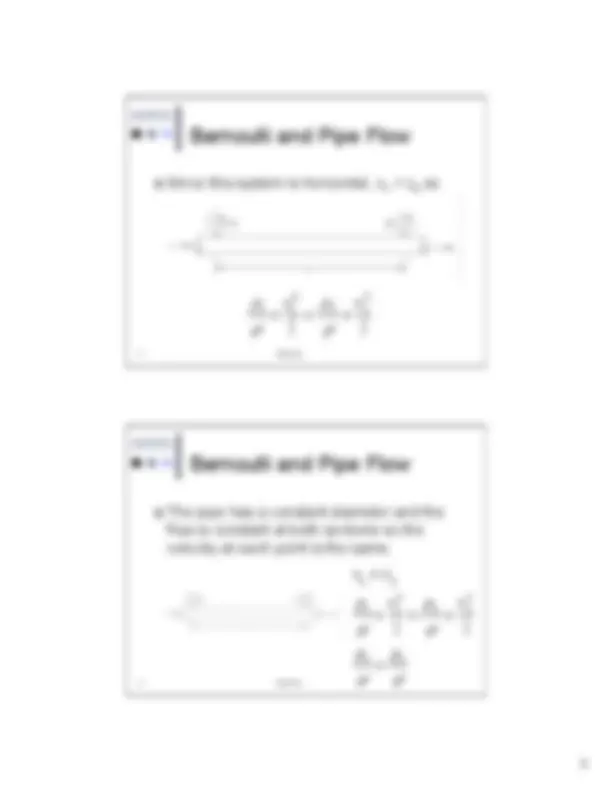
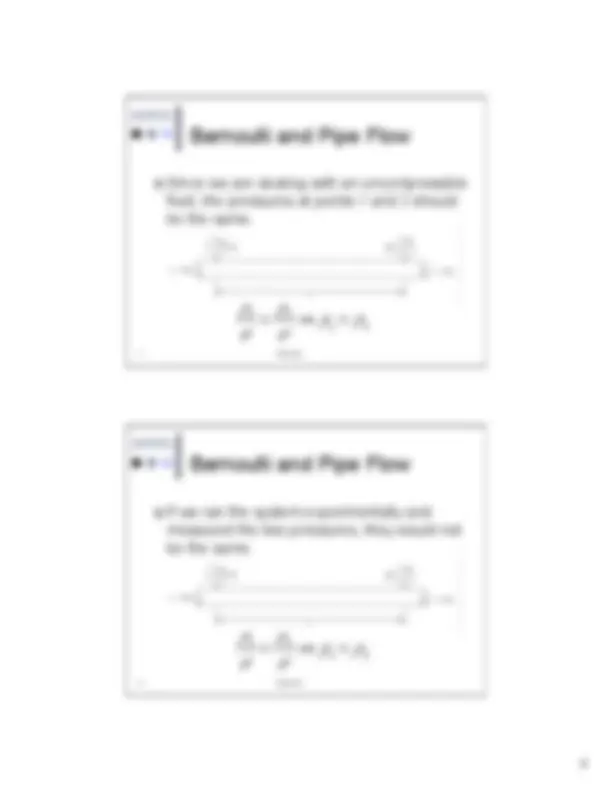
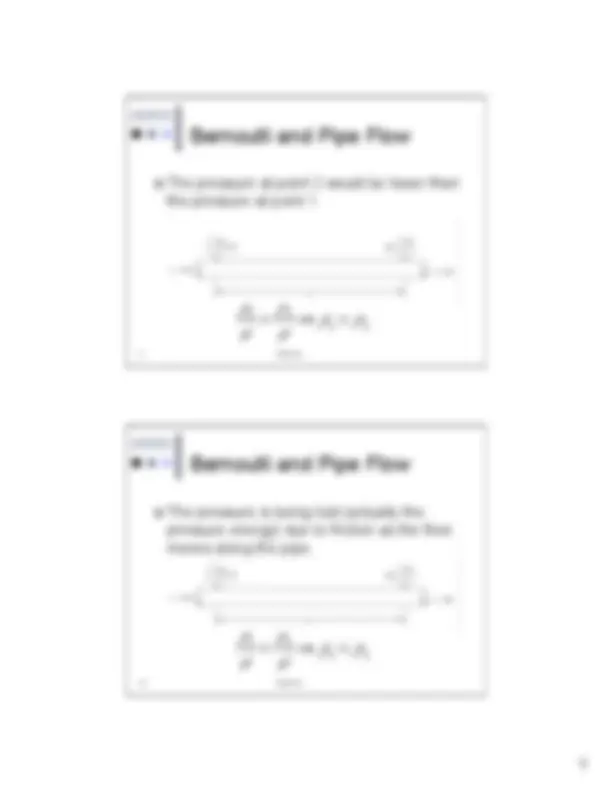
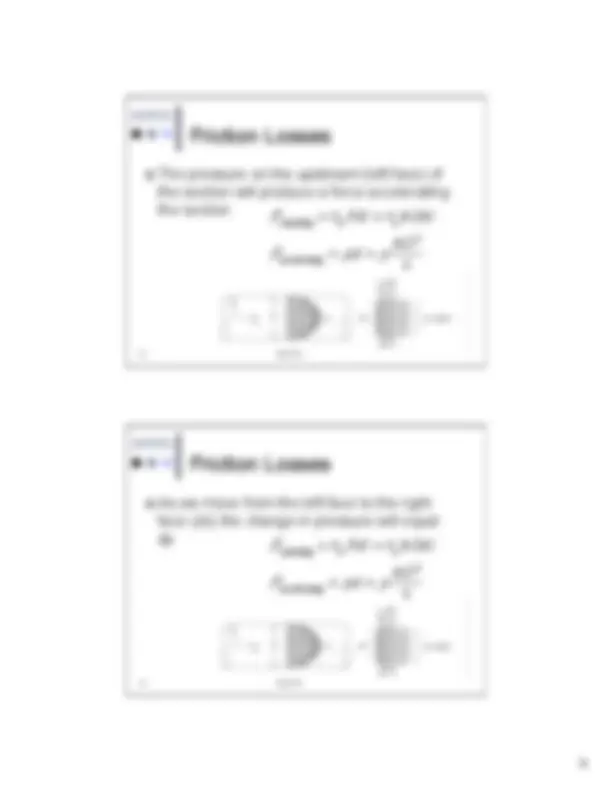
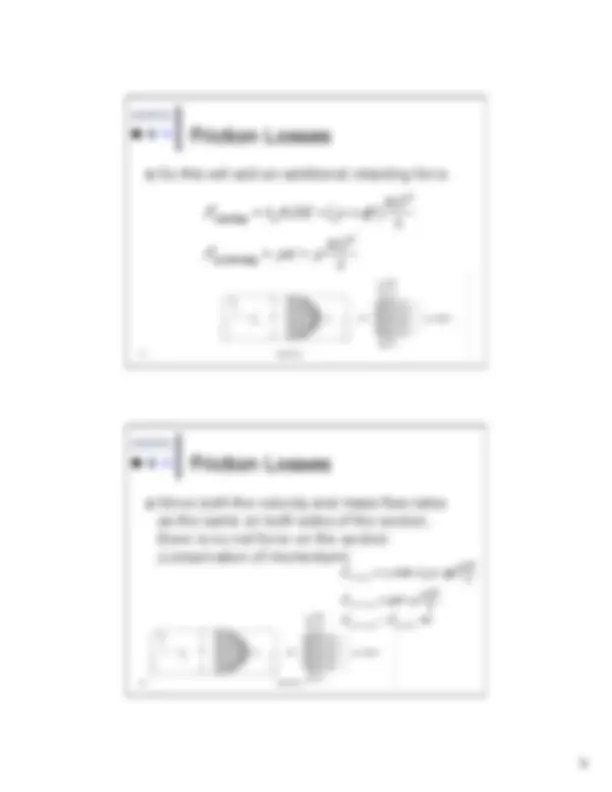
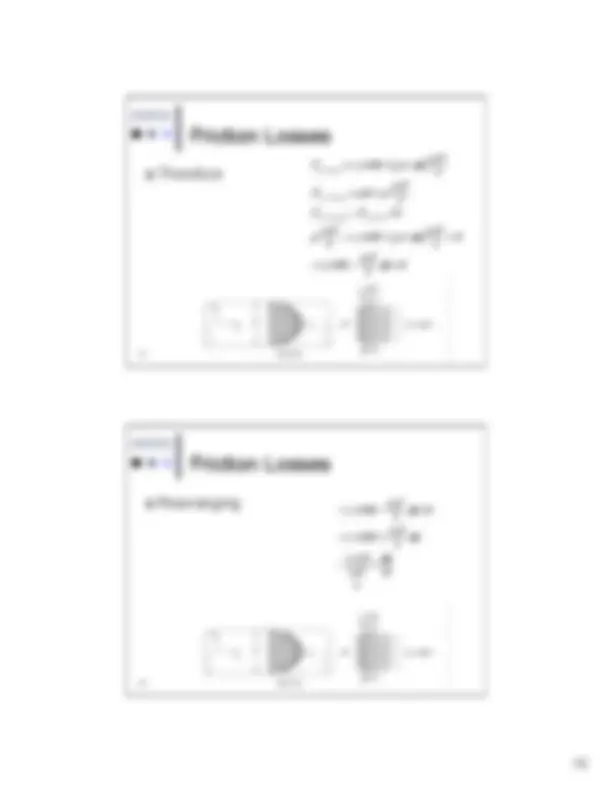
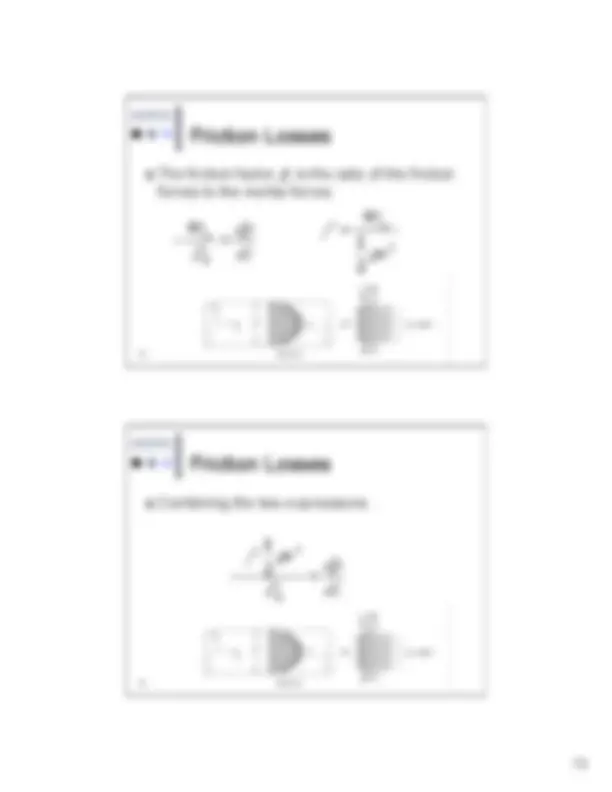

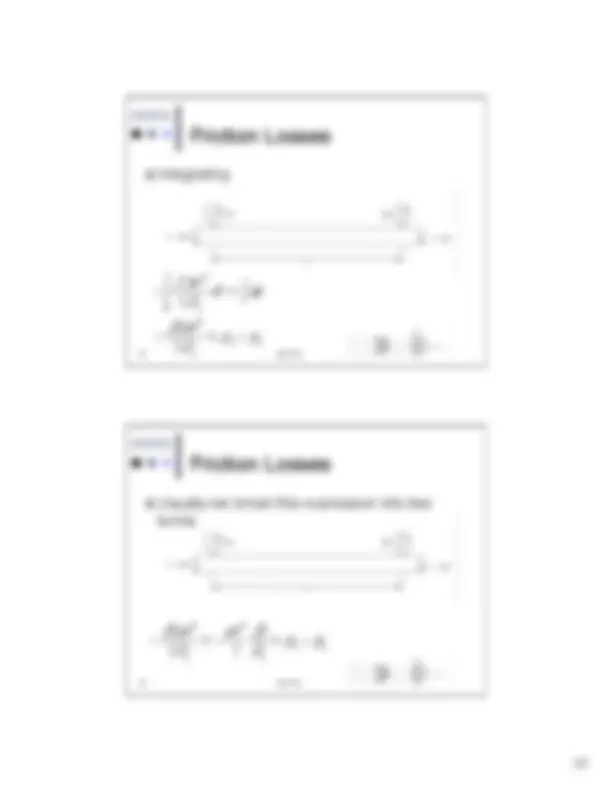
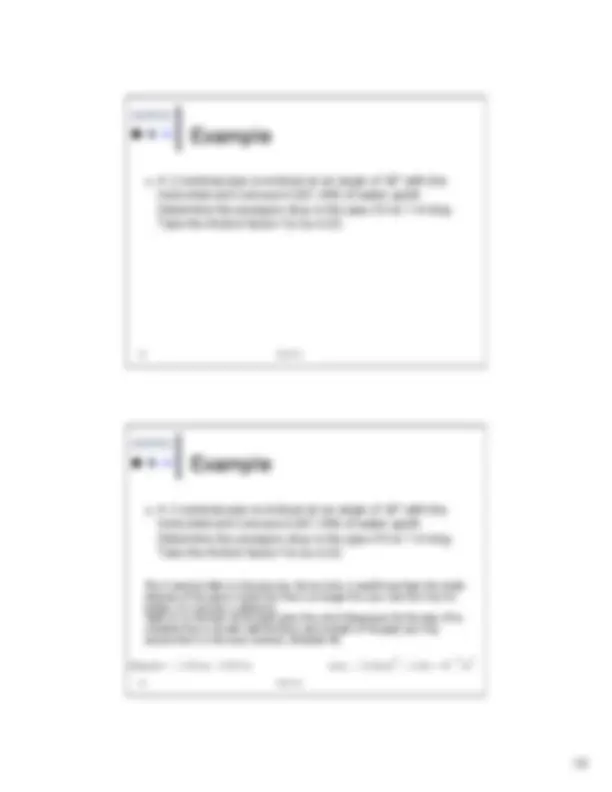
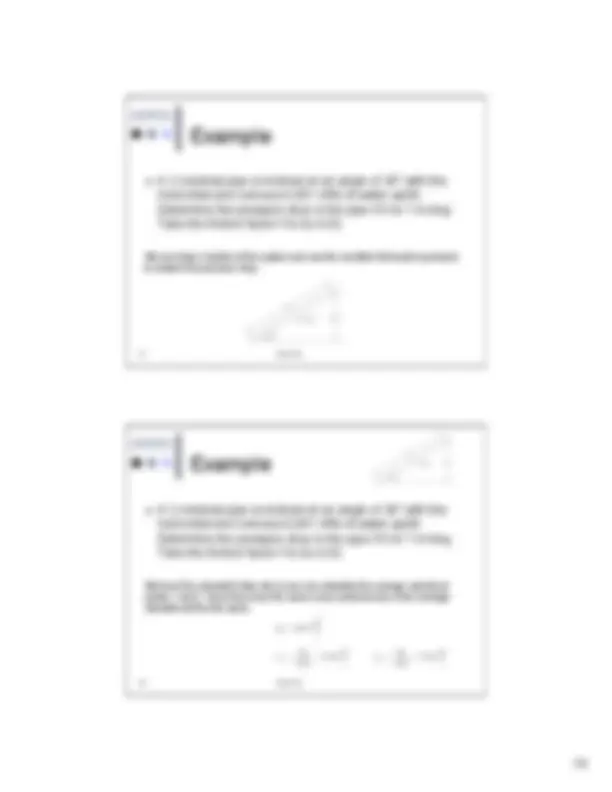
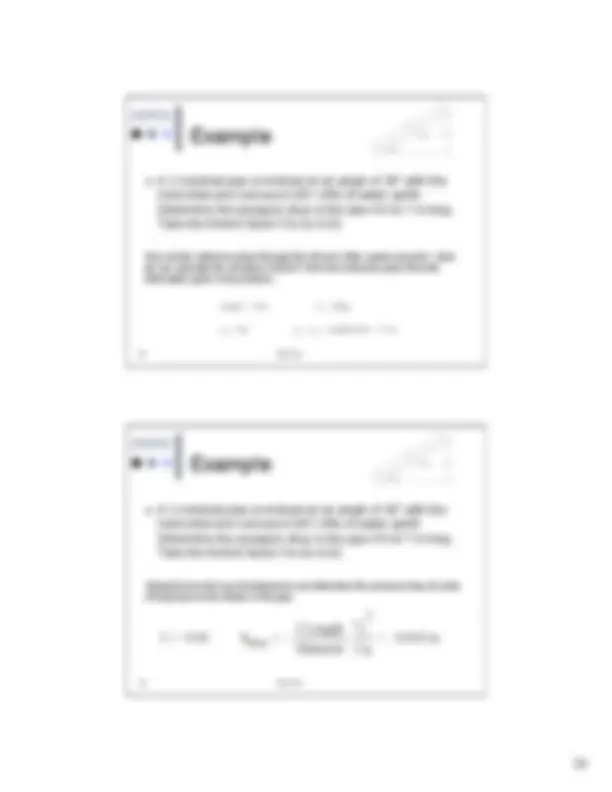
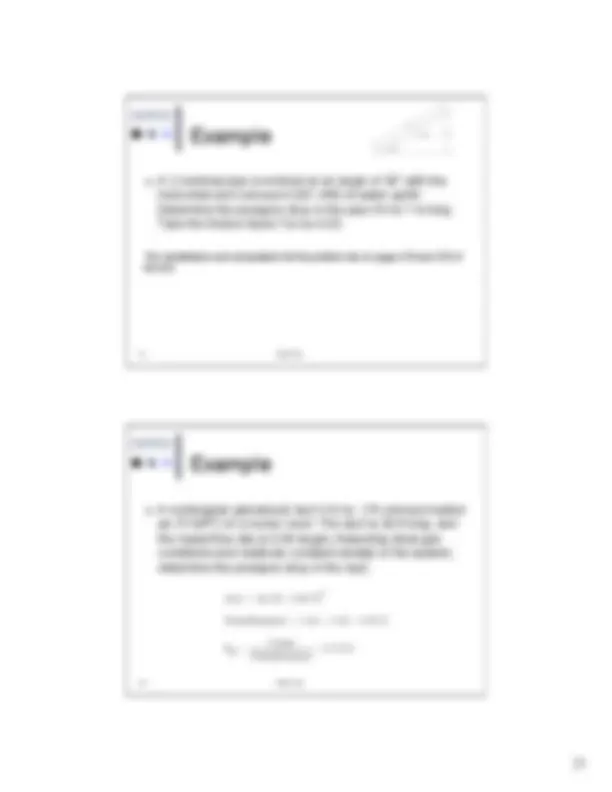
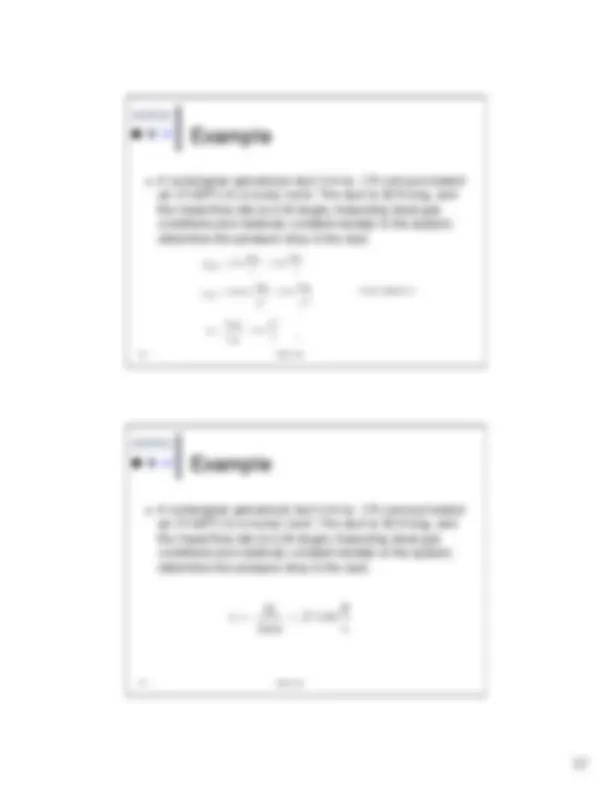

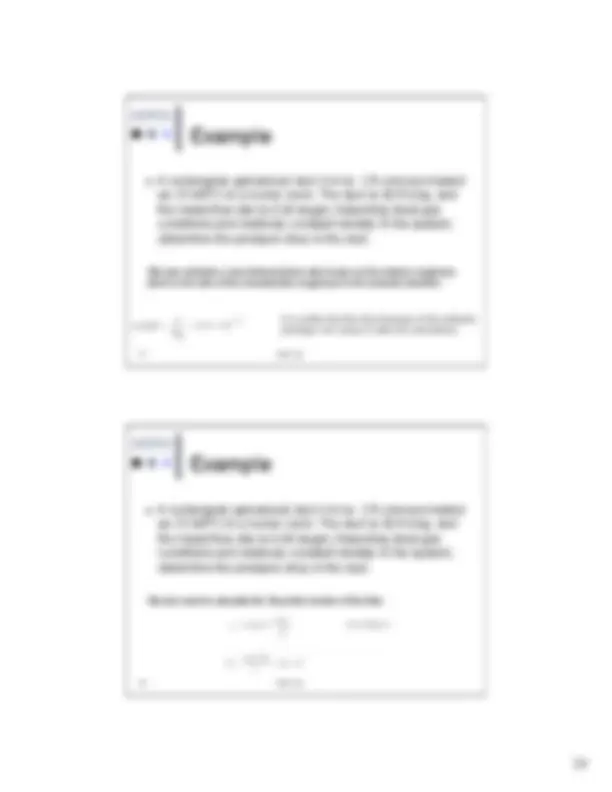
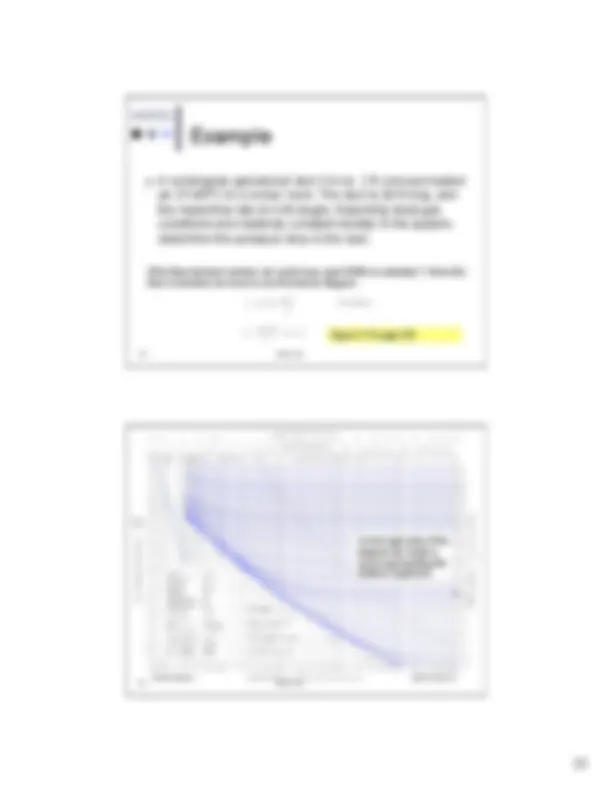
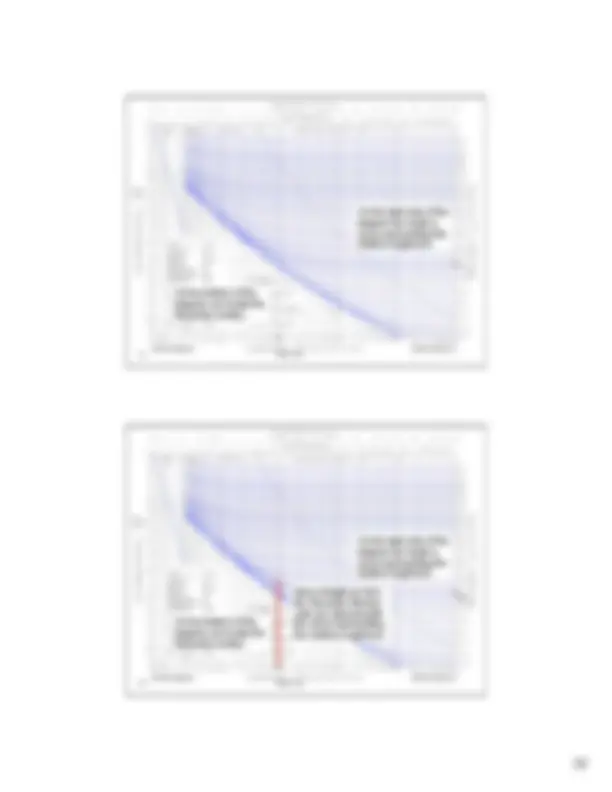
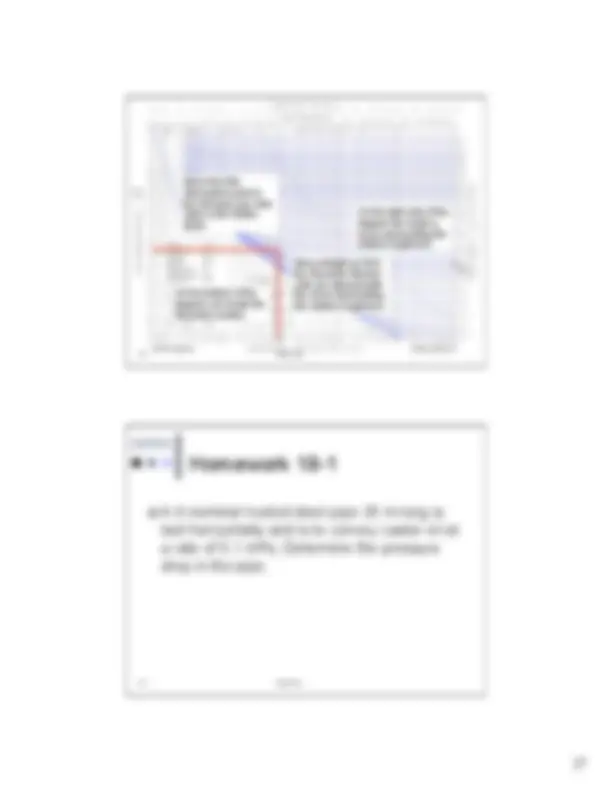
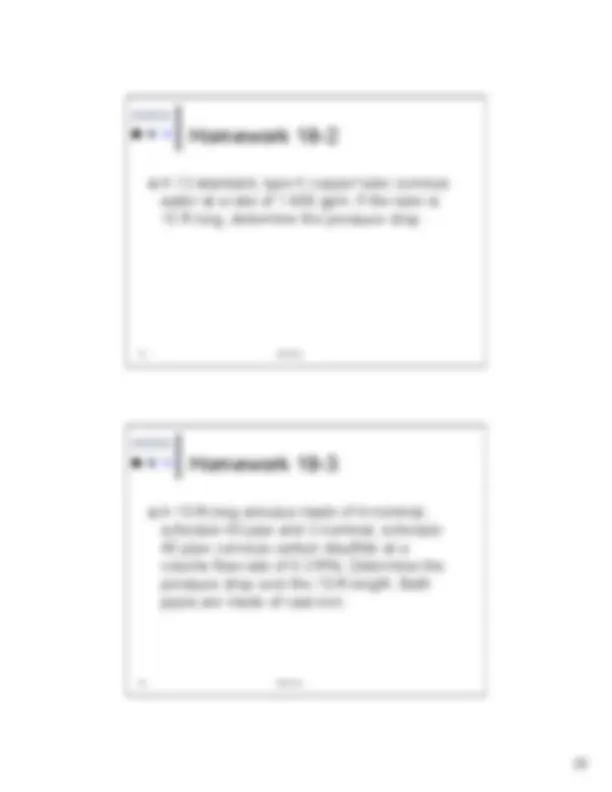


Study with the several resources on Docsity

Earn points by helping other students or get them with a premium plan


Prepare for your exams
Study with the several resources on Docsity

Earn points to download
Earn points by helping other students or get them with a premium plan
Community
Ask the community for help and clear up your study doubts
Discover the best universities in your country according to Docsity users
Free resources
Download our free guides on studying techniques, anxiety management strategies, and thesis advice from Docsity tutors
Head Loss Calculations. Bernoulli and Pipe Flow. ○ The Bernoulli equation that we worked with was a bit simplistic in the way it looked at a fluid system.
Typology: Lecture notes
1 / 28

This page cannot be seen from the preview
Don't miss anything!





















Head Loss Calculations Bernoulli and Pipe Flow ¢ The Bernoulli equation that we worked with was a bit simplistic in the way it looked at a fluid system ¢ All real systems that are in motion suffer from some type of loss due to friction ¢ It takes something to move over a rough surface 2 Pipe Flow
Bernoulli and Pipe Flow ¢ Consider flow in a constant-diameter pipe 3 Pipe Flow Bernoulli and Pipe Flow ¢ If we look at the energy at points 1 and 2. 4 Pipe Flow p 1 ρ
v 1
2
v 2
2
Bernoulli and Pipe Flow ¢ Since we are dealing with an uncompressible fluid, the pressures at points 1 and 2 should be the same. 7 Pipe Flow
ρ ⇒ p
= p
Bernoulli and Pipe Flow ¢ If we ran the system experimentally and measured the two pressures, they would not be the same. 8 Pipe Flow p
p
ρ ⇒ p
= p
Bernoulli and Pipe Flow ¢ The pressure at point 2 would be lower than the pressure at point 1. 9 Pipe Flow
ρ ⇒ p
= p
Bernoulli and Pipe Flow ¢ The pressure is being lost (actually the pressure energy) due to friction as the flow moves along the pipe. 10 Pipe Flow p
p
ρ ⇒ p
= p
Friction Losses ¢ The thickness of the quarter is dz and it has a perimeter length of P (πD) ¢ This makes the area in contact with the sides of the pipe equal to Pdz = πDdz ¢ At the wall there is a shearing stress, τw, which is the stress between the wall and the outer layer of the fluid 13 Pipe Flow Friction Losses ¢ Then the force from the wall on the section of fluid (opposing the fluid flow) will be equal to 14 Pipe Flow Fretarding = τ w Pdz = τ w π Ddz
Friction Losses ¢ The pressure on the upstream (left face) of the section will produce a force accelerating the section 15 Pipe Flow Fretarding = τ w Pdz = τ w π Ddz Faccelerating = pA = p π D
4 Friction Losses ¢ As we move from the left face to the right face (dz) the change in pressure will equal dp 16 Pipe Flow Fretarding = τ w Pdz = τ w π Ddz Faccelerating = pA = p π D
4
Friction Losses ¢ Therefore 19 Pipe Flow Fretarding = τ w π Ddz +( p + dp ) π D^2
π D^2
p π D^2
− τ w π Ddz −( p + dp ) π D^2
π D^2
Friction Losses ¢ Rearranging 20 Pipe Flow
Friction Losses ¢ So we have an expression for the rate at which the pressure changes as the flow moves downstream 21 Pipe Flow
2
2
Friction Losses ¢ In the simplest form 22 Pipe Flow − τ w π D π D
dp dz − 4 τ w D = dp dz
Friction Losses ¢ The friction factor, f , is the ratio of the friction forces to the inertia forces. 25 Pipe Flow − 4 τ w Dh = dp dz f = 4 τ w 1 2 ρ v
Friction Losses ¢ Combining the two expressions. 26 Pipe Flow − f 1 2 ρ v
D h = dp dz
27 Pipe Flow
h
28 Pipe Flow
h
L
Friction Losses ¢ So we have a modified form of the Bernoulli equation that takes into account the friction losses in the system 31 Pipe Flow p 1 ρ
v 12
ρ v^2
fL Dh ρ
p 2 ρ
v 22
Friction Losses ¢ Reducing 32 Pipe Flow p 1 ρ
v 12
fL Dh
p 2 ρ
v 22
Friction Losses ¢ And rewriting the expression in terms of head 33 Pipe Flow p 1 ρ g
v 12 2 g
p 2 ρ g
v 22 2 g
v 12 2 g
p 2 ρ g
v 22 2 g
Example
37 Pipe Flow
Example
38 Pipe Flow
Example
39 Pipe Flow
Example
40 Pipe Flow